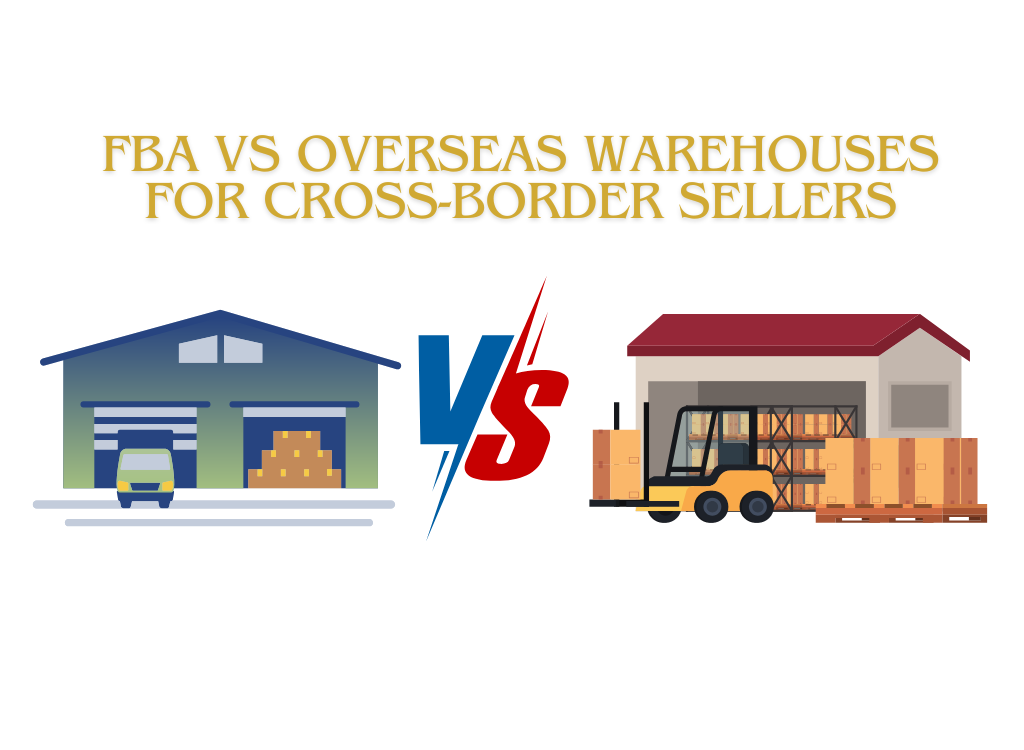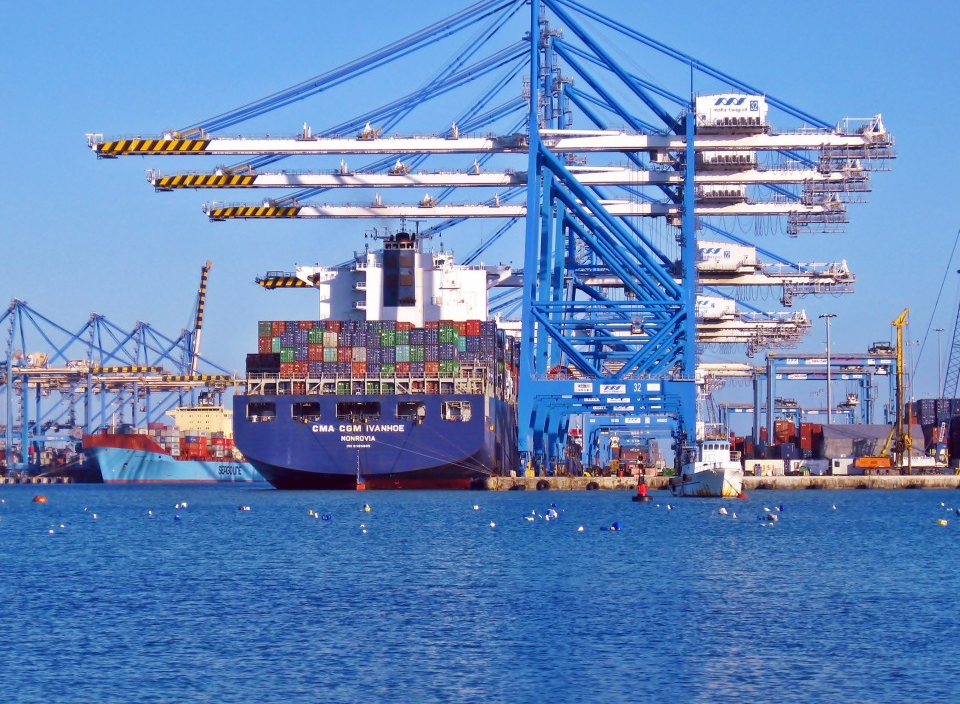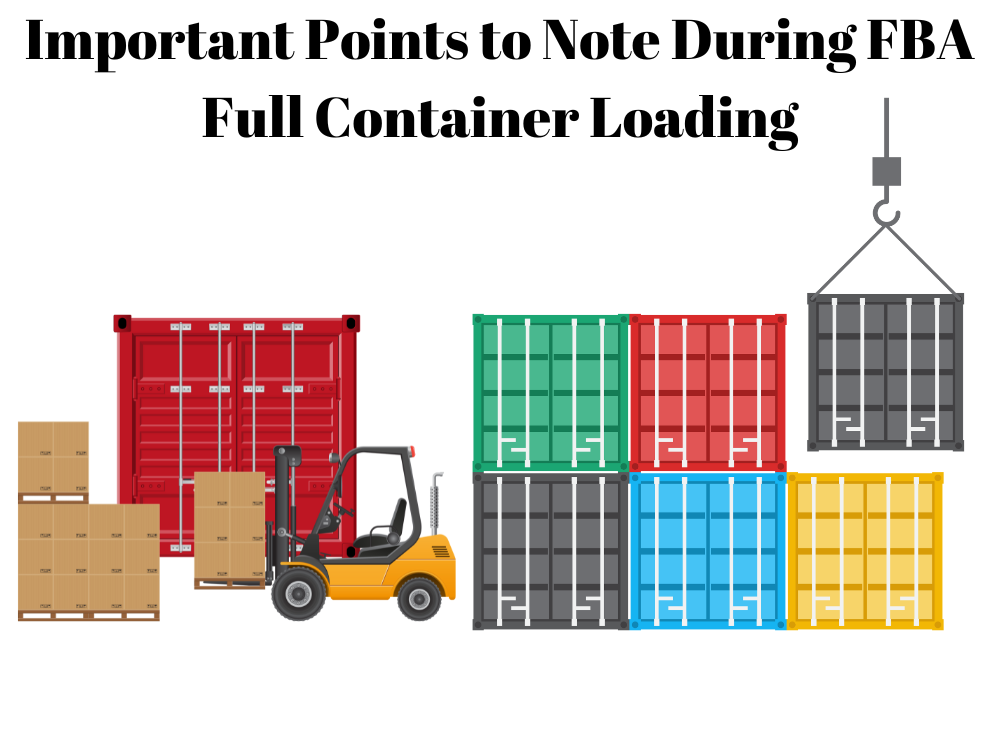FBA LCL Quote
FBA 40HQ FCL Quote
When shipping products for Amazon FBA, understanding customs clearance methods is essential, especially if you're working with a freight forwarder China to USA Amazon FBA.
This process can be complex, but choosing the right approach—whether standard procedures, professional brokers, or comprehensive services—ensures smoother importing, saves time, and avoids costly delays.
Let’s explore the top methods and practical tips to help your business thrive in the competitive FBA landscape.
Standard Customs Clearance Process
For those who prefer to handle things independently or through their logistics provider, the standard customs clearance process involves the following steps:
Preparation of Necessary Documents
It’s essential to ensure all documentation is accurate and complete. Key documents include:Missing or incorrect documents are a leading cause of customs delays, so double-check everything before submission.
Commercial Invoice: Details of the goods, their value, and the transaction.
Packing List: Information about the quantity, weight, and dimensions of the shipment.
Shipping Labels: Clear and compliant labels on each package.
Product Classification and Labeling
Classify your goods using the Harmonized System (HS) codes and clearly label all items. The label should include:Proper classification helps ensure correct duties and prevents disputes with customs.
Product name.
Specifications (e.g., material, dimensions, or functionality).
Customs Declaration
Submit the import declaration via the U.S. Customs and Border Protection (CBP) electronic systems. This process may also require submitting value-added tax (VAT) details for specific products.Payment of Fees
Be prepared to pay import taxes, customs duties, and other fees, which vary based on the HS code classification, country of origin, and type of goods.Sampling and Inspection
Goods may be flagged for random inspection. If this occurs, you’ll need to provide supporting documentation proving compliance with U.S. regulations.
Professional Customs Brokerage Services
For many sellers, working with professional customs agents is a recreation-changer. These agents are skilled in dealing with high volumes of FBA shipments and offer:
Expert navigation of complex regulations.
Quick customs clearance—frequently within 1-3 enterprise days.
Reduction of mistakes or oversights that would lead to penalties.
Hiring a customs dealer can also help streamline verbal exchanges with CBP, as they act as your middleman. This technique is ideal for brand-new sellers or those handling large shipments.
Comprehensive Customs Clearance Services
Many logistics providers offer complete customs clearance applications if you opt for an all-in-one solution. These offerings typically include:
ISF Filing: Ensuring all essential details are submitted on time for ocean shipments.
Customs Bond Procurement: A requirement for non-U.S. Corporations or shipments over $2,500 in fee.
Tax and Duty Coverage: Some vendors even encompass those costs, supplying full transparency and ease.
Providers like Shenzhen-based Blue Star Supply Chain Management offer such offerings, making it easier for sellers to raise awareness about growing their business without worrying about logistical hurdles.
Amazon's Partnered Carrier Program
Amazon itself offers assets to simplify logistics. Through its Partnered Carrier Program, dealers can:
Use Amazon-endorsed companies.
Leverage tools and recommendations for smoother importation.
However, it's important to note that the customs clearance procedure must still catch up to the seller's or their freight forwarder's obligation. Amazon's advisory position may make the procedure much more manageable.
ISF 10+2 Filing
The Importer Security Filing (ISF 10+2) is a critical step in customs clearance for ocean freight imports. Here's what you want to understand:
What It Is: A submission that gives specific data about the shipment and its adventure before it leaves the exporting u. S . A ..
Why It Matters: Failure to document an ISF correctly or on time can result in fines of up to $5,000.
When It's Needed: ISF filings must be completed at least 24 hours before loading cargo onto the vessel bound for the U.S.
Sellers must consider using sea freight for bulk shipments to Amazon's achievement centres.
Customs Bonds
A customs bond is a financial guarantee required through CBP to ensure the price of obligations, taxes, and penalties. Here are the primary options:
Single-Entry Bonds: For one-time shipments.
Continuous Bonds: For familiar importers, multiple shipments are protected yearly.
Customs bonds are vital for shipments valued over $2,500 or regulated goods like food, electronics, and chemicals.
Choosing the Right Customs Clearance Method
Each method has its particular blessings, so the first-rate preference relies upon numerous factors:
Volume and Frequency: High-quantity dealers may additionally gain from non-stop bonds or comprehensive logistics services.
Experience Level: New sellers may also choose professional customs brokers to avoid mistakes.
Shipping Mode: ISF filing and bonded offerings are non-negotiable for ocean freight.
Cost Considerations: Evaluate the cost-effectiveness of DIY vs. Expert services.
Here's a short assessment to assist:
| Method | Best For | Pros | Cons |
|---|---|---|---|
| Standard Process | Experienced sellers, small-scale | Lower cost, full control | Time-intensive, high risk of error |
| Professional Brokers | New sellers, complex shipments | Expertise, fast clearance | Service fees |
| Comprehensive Services | High-volume, multi-channel sellers | All-inclusive, stress-free | Higher cost |
| Amazon Partnered Services | Small-to-medium sellers | Simplifies logistics | Limited to Amazon shipments |
Final Tips for Seamless Customs Clearance
Stay Informed: Customs guidelines frequently change, so hold up with the ultra-modern U.S. Import policies and price lists.
Partner Wisely: Work with skilled freight forwarders or brokers who apprehend Amazon FBA necessities.
Double-Check Documentation: Errors in invoices, HS codes, or shipping labels can cause delays.
Plan Ahead: For sea freight, ensure all filings and payments are finished nicely before closing dates.
By deciding on the proper clearance method and preparing thoroughly, you'll set yourself up for success in the competitive Amazon FBA global market.
FAQs
What is the fastest way to clear customs for Amazon FBA?
Using professional customs brokers ensures fast and efficient clearance, often within 1-3 business days.
Do I need a customs bond for Amazon FBA shipments?
Yes, for shipments over $2,500 or regulated goods, a customs bond is typically required.
What documents are needed for U.S. customs clearance?
Key documents include the commercial invoice, packing list, and shipping labels. Accurate HS codes are also essential.



